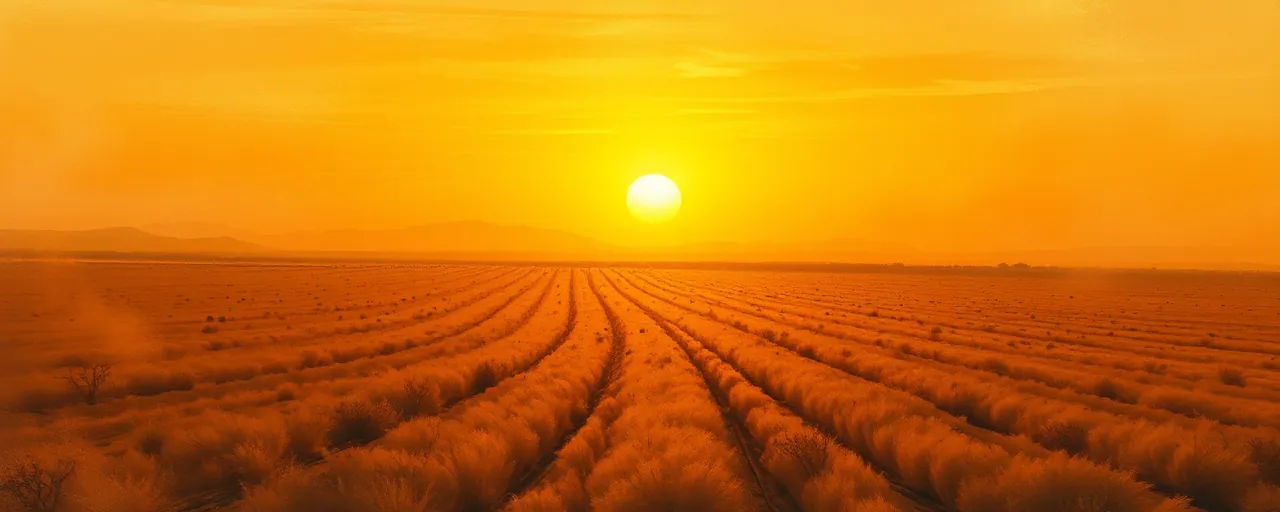A Sudden Blow to California’s Fields
Governor Gavin Newsom fired off an urgent appeal to the United States Department of Agriculture on April 5, 2025, pleading for a reversal of a decision that’s left California’s farmers and food-insecure families reeling. The USDA has axed $47 million in funding for the Local Food Purchase Assistance (LFPA) Program, a lifeline that’s propped up local growers and fed millions since 2022. It’s a gut punch to a state that churns out nearly half of America’s fruits and vegetables, and the ripple effects are already stirring alarm.
The move blindsided state officials and farmers alike. For years, the LFPA has funneled cash into California’s agricultural heartland, pairing local produce with food banks and school cafeterias. Now, with the tap shut off, the state’s robust food system faces a reckoning. Newsom’s letter paints a stark picture: without this money, farmers lose markets, and families lose meals. It’s a story unfolding against a backdrop of drought, labor woes, and a shifting federal focus that’s got everyone scrambling.
Roots of the Cut
The USDA’s reasoning hinges on a pivot in priorities. Officials say the LFPA, born under the American Rescue Plan Act to tackle pandemic-era food disruptions, doesn’t fit their current playbook. With the crisis fading, they’re steering toward what they call long-term, fiscally sound solutions. The Agricultural Marketing Service, which oversees the program, told California the agreement ‘no longer effectuates agency priorities.’ Critics, though, see a disconnect, pointing to the USDA’s own mission of boosting agricultural production to nourish Americans.
This isn’t just bureaucratic reshuffling; it’s part of a broader push under President Donald Trump’s administration to trim federal spending. The cuts echo a national debate over how to balance short-term aid with sustainable policy. For California, the timing stings. The state’s $88.5 million in LFPA funds since 2022 delivered 18.6 million meals through partners like the California Association of Food Banks. Losing $47 million for 2025 threatens to unravel that progress, leaving farmers and advocates demanding answers.
Voices From the Ground
For family farmers, this isn’t abstract policy; it’s survival. The LFPA gave small operations a steady buyer, letting them plant with confidence and keep food local. One grower, tied to the program, said the loss could mean slashing crops or selling out to bigger outfits. Another pointed to the kids who’ll miss fresh lunches, a quiet casualty of the decision. These aren’t just numbers; they’re people who’ve built lives around feeding their neighbors, now staring down an uncertain harvest.
Food banks and schools feel the squeeze too. The California Association of Food Banks, a key LFPA player, used $22.3 million in 2024 alone to bridge the gap for the hungry. Without that cash, options dwindle. School nutrition advocates warn of leaner menus, especially in rural pockets where local produce was a game-changer. It’s a double hit: farmers lose income, and communities lose access. The human cost is piling up, and fast.
A State Under Pressure
California’s agricultural backbone was already creaking before this hit. Water scarcity from years of drought forces tough choices, with many switching to drip irrigation or hardier crops just to stay afloat. Labor shortages, driven by tighter immigration rules and an aging workforce, mean unpicked fields and rising costs. Add climate change, with its wildfires and heatwaves, and the sector’s resilience is stretched thin. The LFPA was a rare bright spot, a buffer against these storms. Now, its absence amplifies the strain.
Nationally, the picture’s no rosier. Food insecurity’s climbing as inflation bites, and groups like Feeding America report record demand. Other states, like South Dakota, face similar losses from LFPA’s end, with rural farmers and charities scrambling. The cuts land as local food systems gain traction for cutting emissions and boosting community ties. Advocates argue these programs aren’t just handouts; they’re investments in a food chain that’s greener and tougher against disruptions.
What Lies Ahead
Newsom’s appeal is a long shot, but it’s not the only fight. State leaders are digging into contingency plans, eyeing local funds or private partners to plug the gap. Farmers, meanwhile, weigh their next moves, some leaning on co-ops or direct sales to weather the storm. The USDA’s stance has sparked a wider clash, with school nutrition groups and farm coalitions pressing for a rethink. They argue the need for fresh, local food hasn’t faded, pandemic or not.
The fallout from this decision will echo beyond California’s borders. It’s a test of how America values its small farmers and the families they feed. With climate pressures mounting and food costs soaring, local systems like LFPA offered a lifeline, a way to keep plates full and fields alive. Whether the USDA bends or holds firm, one thing’s clear: the stakes are real, and the clock’s ticking for those caught in the crossfire.
